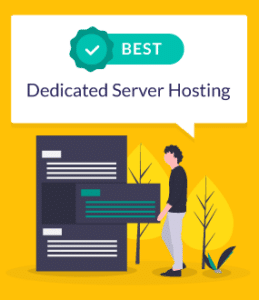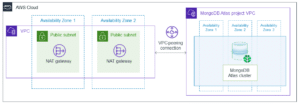MongoDB, a NoSQL database, has become a popular choice for developers seeking flexibility and scalability in handling large volumes of data. This tutorial provides a comprehensive guide for beginners, covering everything from installation to advanced querying and cloud database management.
Installing MongoDB
Before diving into MongoDB, it’s crucial to set up the database on your system. This section guides you through the installation process, whether you’re using Windows, macOS, or Linux.
MongoDB Basics: Databases and Collections
Understanding the fundamental components of MongoDB is essential. Learn about databases, collections, and documents, and grasp the concepts that form the backbone of MongoDB’s data model.
CRUD Operations in MongoDB
MongoDB revolves around CRUD operations (Create, Read, Update, Delete). Explore how to perform these operations using the MongoDB shell, covering the basics of inserting, querying, updating, and deleting documents.
MongoDB Data Modeling
Efficient data modeling is key to maximizing the benefits of MongoDB. This section delves into schema design, document structure, and considerations for creating robust data models that align with your application’s requirements.
Indexing and Query Optimization
Indexing plays a crucial role in enhancing query performance. Learn how to create indexes, understand their impact on query optimization, and implement strategies for efficient data retrieval.
Aggregation Framework: Advanced Querying
MongoDB’s Aggregation Framework allows for complex data transformations and aggregations. Explore advanced querying techniques, such as grouping, sorting, and projecting, to extract valuable insights from your data.
MongoDB Atlas: Cloud Database Management
Take your MongoDB skills to the cloud with MongoDB Atlas. This section covers the basics of setting up a MongoDB Atlas cluster, connecting your application, and leveraging cloud-based features for seamless database management.
Security Best Practices
Securing your MongoDB deployment is paramount. Learn about authentication, authorization, and other security best practices to safeguard your data and ensure a robust security posture.
Backing Up and Restoring Data
Data integrity is crucial, and having a reliable backup strategy is essential. Explore methods for backing up and restoring data in MongoDB, ensuring your data remains safe and recoverable.
MongoDB Tutorial Conclusion
In conclusion, this MongoDB tutorial serves as a comprehensive guide for beginners, providing a solid foundation for understanding and utilizing MongoDB in your projects. From installation to advanced features, you’ve covered the essentials to kickstart your MongoDB journey.
FAQs
- Why choose MongoDB over traditional relational databases?
- MongoDB offers flexibility in handling unstructured data, scalability, and ease of horizontal scaling, making it a preferred choice for certain use cases.
- What is the MongoDB Aggregation Framework, and why is it useful?
- The Aggregation Framework allows for advanced querying and data transformations, making it powerful for deriving insights from MongoDB data.
- Can I use MongoDB in the cloud?
- Yes, MongoDB Atlas is a cloud-based solution that provides managed MongoDB instances, offering the benefits of cloud database management.
- How do I secure my MongoDB deployment?
- The tutorial covers security best practices, including authentication, authorization, and other measures to ensure the security of your MongoDB deployment.
- What is the significance of data modeling in MongoDB?
- Efficient data modeling ensures that your MongoDB database is structured optimally, maximizing performance and scalability for your application.

